Abdominal Aortic Aneurysm (AAA)
The aorta is the largest artery in the body. The walls of the segment of the aorta in the abdomen can sometimes weaken, causing it to enlarge. This condition can put the patient at risk of rupture, which can be life-threatening.
Risk Factors
- Males are at higher risk
- Age > 60
- Smokers
- Family history of aneurysms
- Hypertension, hyperlipidemia, PVD and atherosclerosis
Symptoms
- Many patients with an abdominal aortic aneurysm have no symptoms
- Sudden and severe back or abdominal pain may be a sign of a ruptured AAA
Diagnosis
- AAA ultrasound: an ultrasound to measure the size of the AAA. Once diagnosed, patients should follow up with their surgeon to monitor the size and progression of their aneurysm
- CT angiography: If the aneurysm progresses to the point that it necessitates repair, a CT Scan helps our surgeons determine and plan what repair is best suited for our patients
Treatment
- For aneurysms < 5 cm: Patients should follow up with us for surveillance of the aneurysms. Making sure blood pressure is controlled through low sodium diet and medications, as well as refraining from smoking can help keep AAA stable
- For aneurysms >5.5cm or rapidly expanding AAA: surgical repair of the AAA either through EVAR or Open Repair is indicated
Learn more
Peripheral Artery Disease (PAD)
Varicose and Spider Veins
Deep Venous Thrombosis (DVT)
Abdominal Aortic Aneurysm (AAA)
Peripheral Aneurysmal Disease
Carotid Artery Disease
Dialysis Access
Wound Care
Vascular Lab
Giant Cell Arteritis
Lymphedema
Mesenteric Ischemia

Peripheral Artery Disease
Peripheral Artery Disease, commonly referred to as PAD, is a chronic condition...
Read More

Varicose and Spider Veins
Varicose veins are twisted, enlarged veins, most commonly found in the legs....
Read More
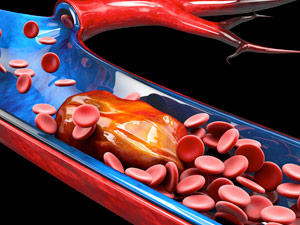
Deep Venous Thrombosis
A Deep Venous Thrombosis (DVT) is a blood clot that forms in the deep veins in the body....
Read More

Abdominal Aortic Aneurysm
The aorta is the largest artery in the body. The walls of the segment of the aorta in the abdomen...
Read More
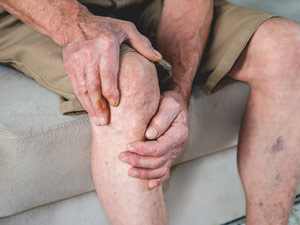
Peripheral Aneurysmal Disease
An aneurysm is a bulging of the artery caused by the weakening of the walls of the artery....
Read More
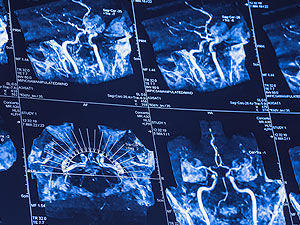
Carotid Artery Disease
Stenosis, or stiffening, of the carotid arteries occurs when fatty deposits, or plaques, adhere to the walls...
Read More
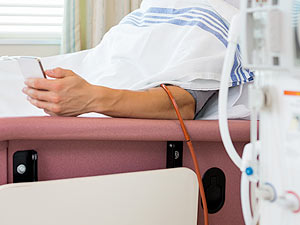
Dialysis Access
Our kidneys filter wastes and excess fluid from our bodies. Some patients suffer from...
Read More

Wound Care
Whether you’ve had a wound for a short period of time or wounds that recur over time, open wounds can interfere...
Read More

Vascular Lab
Ultrasound exams, also called sonograms, are painless, fast and especially useful to help your physician diagnosis...
Read More
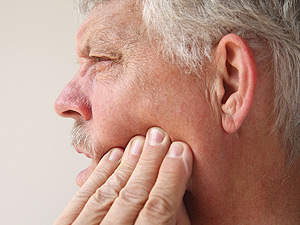
Giant Cell Arteritis
Giant cell arteritis is inflammation of the walls of the arteries, most commonly in the arteries in the head....
Read More
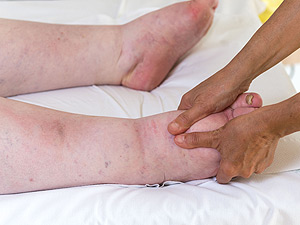
Lymphedema
Lymphedema is the buildup of lymph fluid in the arms or legs. Lymph fluid is usually filtered by lymph nodes,...
Read More
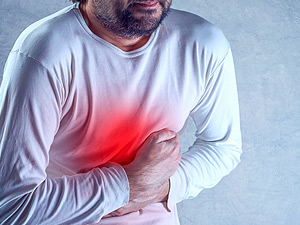
Mesenteric Ischemia
Mesenteric Ischemia is poor blood supply to the mesenteric organs, like the intestines, stomach, liver and colon....
Read More
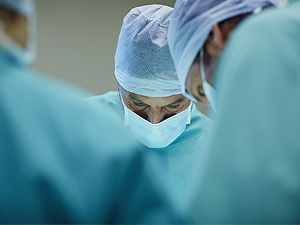
Meet Our Team
Our surgeons see patients for aneurysmal diseases of the arteries, peripheral artery disease,...
Read More